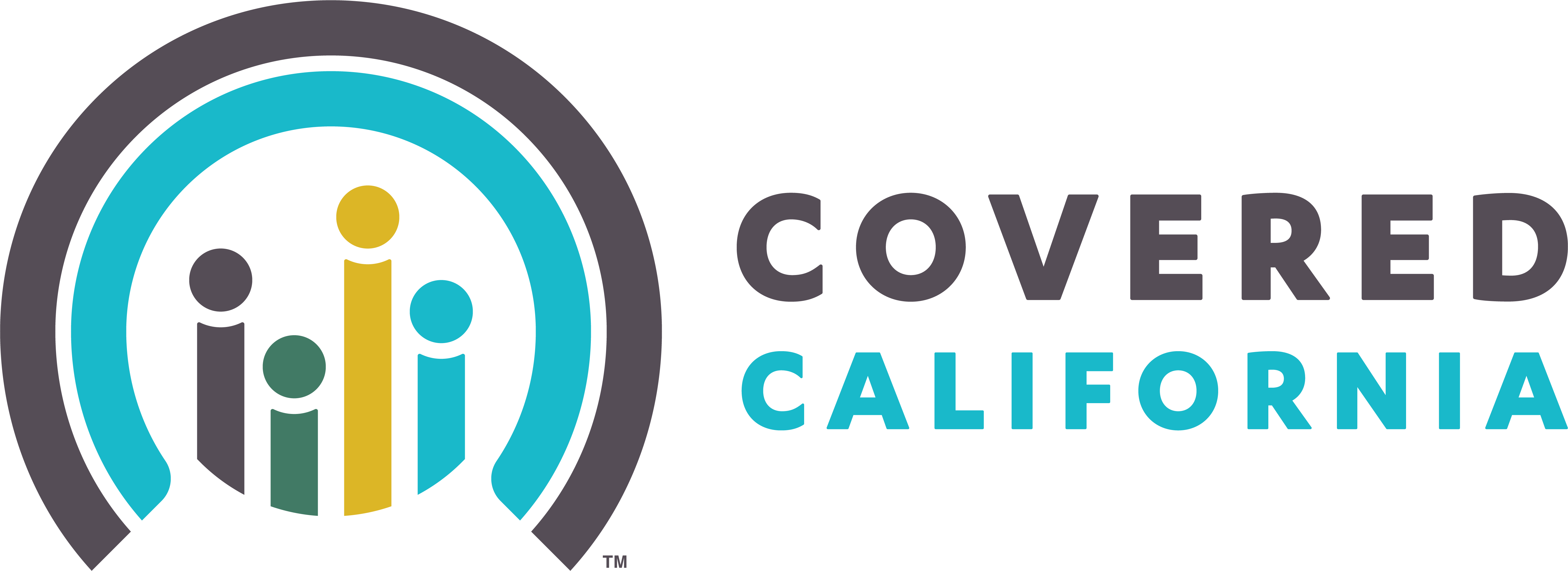How Premium Tax Credits (Subsidies) Work
Premium tax credits, commonly called "subsidies," are financial assistance from the federal government that help lower your monthly health insurance premium. When you enroll through Covered California, these subsidies are calculated based on your household income and size.
The Basics
- Automatic Calculation: Covered California automatically calculates your subsidy when you apply—no complex math required
- Paid Directly to Insurer: The subsidy goes straight to your insurance company, lowering your monthly bill
- Advance Payments: Most people receive subsidies as "advance premium tax credits" (APTC) paid monthly throughout the year
- Based on Benchmark Plan: Your subsidy is calculated using the cost of the second-lowest-cost Silver plan in your area
- Use on Any Metal Tier: You can apply your subsidy to Bronze, Silver, Gold, or Platinum plans
How It Lowers Your Premium
Here's a simple example:
Full Monthly Premium: $650
Your Monthly Subsidy: -$450
What You Pay: $200/month
The subsidy amount depends on your income compared to the Federal Poverty Level (FPL) for your household size. Lower incomes receive higher subsidies, and there's no upper income limit for eligibility.
